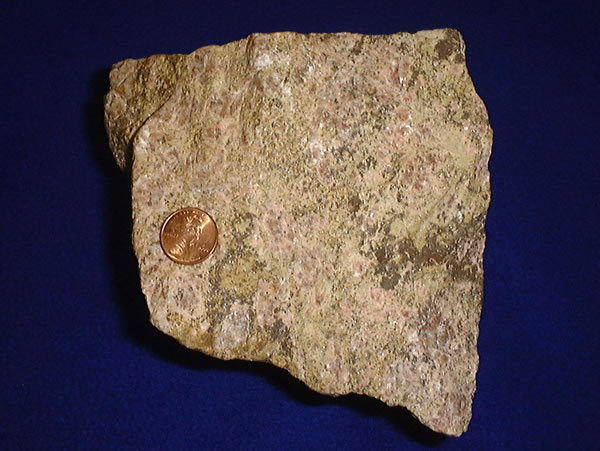When we stroll through nature, we often encounter various geological formations, but how many of us can accurately differentiate between rocks and stones? While the terms are frequently used interchangeably in casual conversation, they possess distinct meanings in geological and practical contexts. In this article, we will delve into the nuanced differences between rocks and stones, exploring their definitions, classifications, and practical implications.
Understanding the Basics: Definitions
At its core, a rock is a natural substance composed of one or more minerals or mineraloids. Rocks form the Earth's crust and can vary significantly in composition, texture, and origin. They are classified into three primary categories: igneous, sedimentary, and metamorphic. Each type has unique characteristics that arise from the processes that formed them.
On the other hand, stone typically refers to a rock that has been shaped or used by humans for various purposes. This can include construction, sculpture, or decorative applications. Essentially, while all stones are rocks, not all rocks qualify as stones. The distinction lies in the human interaction with the material.
The Geological Perspective: Classifying Rocks
To further understand the difference, let’s explore the three main types of rocks:
- Igneous Rocks: Formed from the solidification of molten magma or lava, igneous rocks can be intrusive (formed beneath the Earth’s surface) or extrusive (formed on the surface). Common examples include granite (intrusive) and basalt (extrusive). These rocks are characterized by their crystalline texture and mineral composition.
- Sedimentary Rocks: These rocks are formed through the accumulation and compaction of mineral and organic particles over time. They often exhibit layers and can contain fossils. Common examples include limestone, sandstone, and shale. Sedimentary rocks are crucial for understanding Earth’s history, as they often preserve evidence of past environments.
- Metamorphic Rocks: Formed from the alteration of existing rocks (igneous, sedimentary, or other metamorphic rocks) under heat and pressure, metamorphic rocks exhibit unique textures and mineral compositions. Examples include schist and marble. The metamorphic process can significantly change the rock’s physical and chemical properties.
The Practical Perspective: Stones in Human Use
When we refer to stones, we are often discussing materials that have been extracted and processed for human use. The transformation from rock to stone involves several steps, including quarrying, cutting, and finishing. Here are some common applications of stones:
- Construction: Stones like granite and limestone are widely used in building materials due to their durability and aesthetic appeal. They are often used for countertops, flooring, and facades.
- Sculpture: Artists have utilized stones such as marble and soapstone for centuries to create sculptures and monuments. The workability of these stones allows for intricate designs and detailed craftsmanship.
- Landscaping: Stones are also popular in landscaping, where they can be used for pathways, retaining walls, and decorative features. Their natural appearance enhances outdoor spaces.
Key Differences: Rocks vs. Stones
To summarize the distinctions between rocks and stones, consider the following points:
- Origin: Rocks are naturally occurring geological formations, while stones are rocks that have been modified or utilized by humans.
- Composition: Rocks can be composed of various minerals and materials, whereas stones are often selected for their specific properties, such as hardness, color, and texture.
- Usage: Rocks are studied in geology and can be found in their natural state, while stones are used in construction, art, and landscaping.
Conclusion: Appreciating Nature’s Diversity
Understanding the difference between rocks and stones enriches our appreciation of the natural world and its resources. Whether you are a geology enthusiast, a builder, or an artist, recognizing these distinctions can enhance your knowledge and inform your choices. As we continue to explore and utilize the Earth’s materials, let us remember the intricate processes that shape our environment and the valuable resources it provides.

